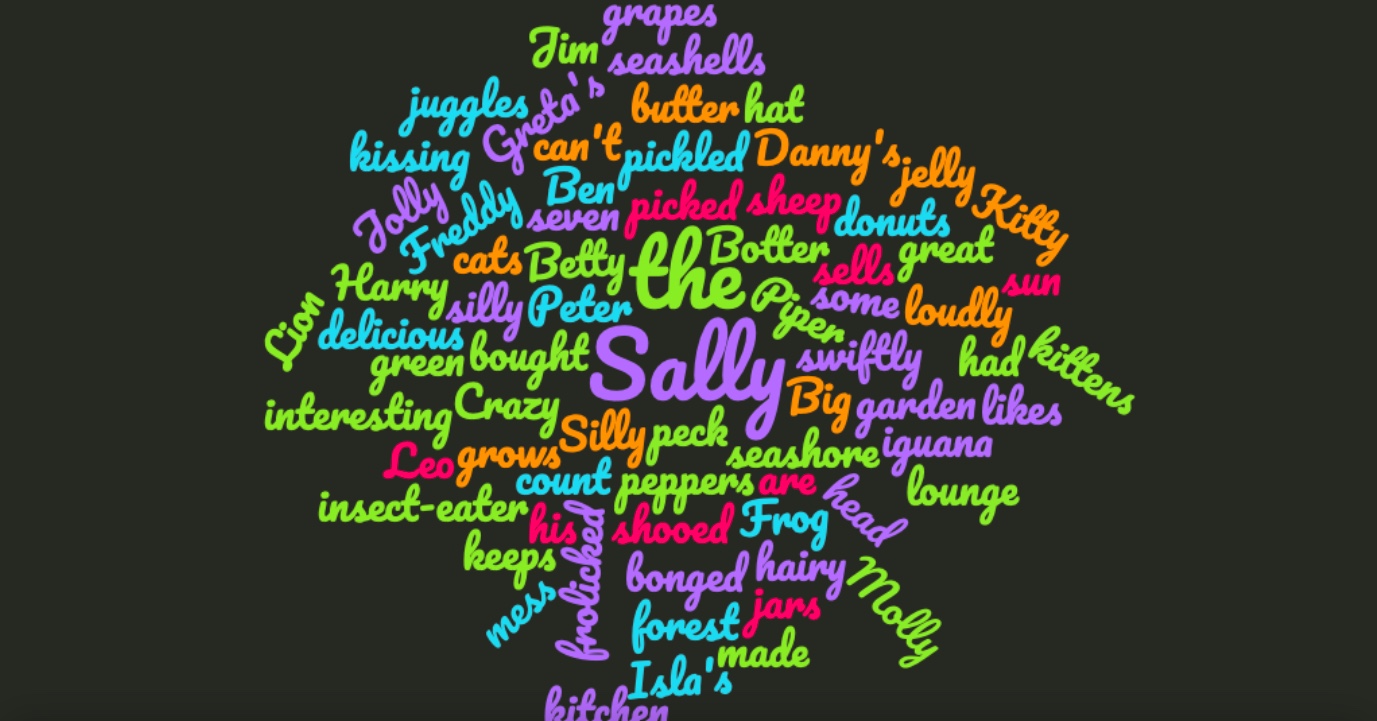How to ... Identify an Alliteration
when you come across one in literature

Welcome book enthusiasts! Do you want to increase your knowledge of literary devices? Look no further! Today, we are exploring the fascinating world of alliteration. Although often unnoticed, this figure of speech plays a significant role in enhancing interest, rhythm, and emphasis in written works. This guide will delve into the definition, origin, features, and examples of alliteration in English literature.
Let us first define what alliteration is. In literature, alliteration is a figure of speech that involves the repetition of the same consonant sound in successive words. For instance, "She sells Seashells by the Seashore." This repetition of the "s" sound adds a musical and memorable quality to the phrase.
The term 'alliteration' comes from the Latin word 'littera,' which means 'letter.' While the origin of the word emphasizes the importance of the repetition of letters, in actual usage, what's important in alliteration is the repetition of similar sounds in successive words.It is typically used to draw attention to a specific phrase or sentence or make it more intriguing and unforgettable.
To identify alliteration in literature, look for the repetition of initial sounds in words. This can be a single letter or a combination of letters, as long as the sound is repeated multiple times in succession. For example, "Peter Piper picked a peck of pickled peppers." This phrase uses the repeated /p/ consonant sound to create a tongue twister.
Another feature of alliteration is its ability to create rhythm and emphasis. In the example above, the repetition of the "s" sound adds a musical quality to the phrase and emphasizes the importance of the words. The repeated /p/ sound in "Peter Piper picked a peck of pickled peppers" catches our ear and creates an enjoyable rhythm. Alliteration can also be used to add intensity or urgency to a phrase, as seen in William Shakespeare's play As You Like It: "And churlish chiding of the winter's wind/ Which, when it bites and blows upon my body".
In conclusion, alliteration is a powerful literary tool that can enhance interest, rhythm, and emphasis in a story or poem. It enables the author to repeat sounds in words, creating a memorable and musical quality to the text. Now that you know the fundamentals of alliteration, you can start identifying it in literature and utilizing it in your writing.
To help you understand the concept of alliteration better, here's a vocabulary list of terms and their definitions:
Alliteration: a figure of speech in which the same consonant sound is repeated multiple times in successive words.
Etymology: the study of the origins of words and how their meanings have evolved over time.
Figure of speech: a method of speaking that differs from its literal or ordinary meaning.
Rhythm: a regular pattern of beats or stresses in verse or poetry.
Emphasis: the special importance or significance given to a particular word or phrase in a text.
Here is a guide to assist you in recognizing alliteration in literature.
Follow these steps, and you'll be a pro in identifying alliteration!
Alliteration is a fun and interesting way to add rhythm and emphasis to your writing. If you want to find alliterations in a text, follow this simple recipe:
You'll need:
- A text to analyze
- A sharp ear for the sounds of words
- Some patience and persistence
Instructions:
- Read through the text carefully, paying close attention to the sounds of words.
- Look for words that begin with the same consonant sound.
- Circle or underline these words as you find them.
- Read the words you marked aloud to see if they create a repeated sound pattern.
- Look for patterns in the repetition of sounds. Do the words have the same consonant sound, or a mix of different ones?
- If you find repeated consonant sounds at the beginning of two or more words in close proximity, you have found an alliteration!
- Write down the alliteration and the words that make it up. This will help you remember and refer to it later.
- Keep practicing! The more you practice finding alliterations, the easier it will become.
Tips:
- Pay attention to the context of the words you find. Sometimes, alliteration is used to create a certain tone or mood in a text.
- Alliteration can be subtle, so don't get discouraged if it takes some time to find one.
- Don't limit yourself to just the beginning of words. Alliteration can also occur in the middle or end of words.
- Use online resources and tools to help you identify alliterations in texts.
- Most importantly, have fun on your alliteration hunt!
LnT suggests:
LnT exploring our related resources and references for further learning: How to ... Identify a Simile When You Come Across One in Literature, How to ... identify a Metaphor when you come across one in Literature,
